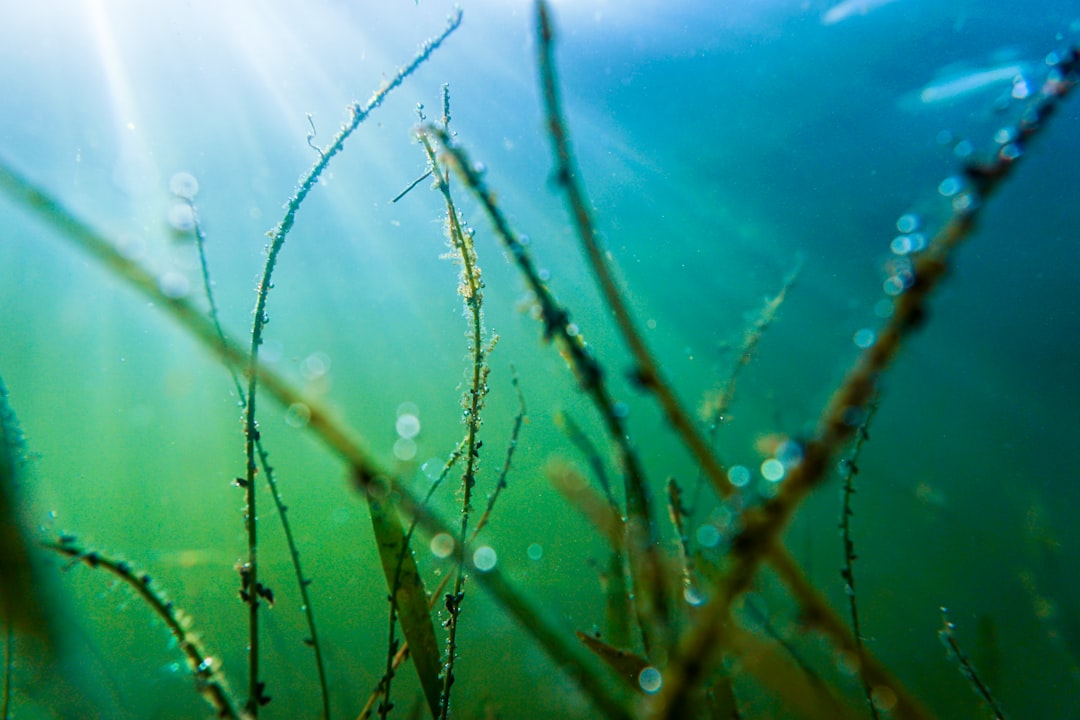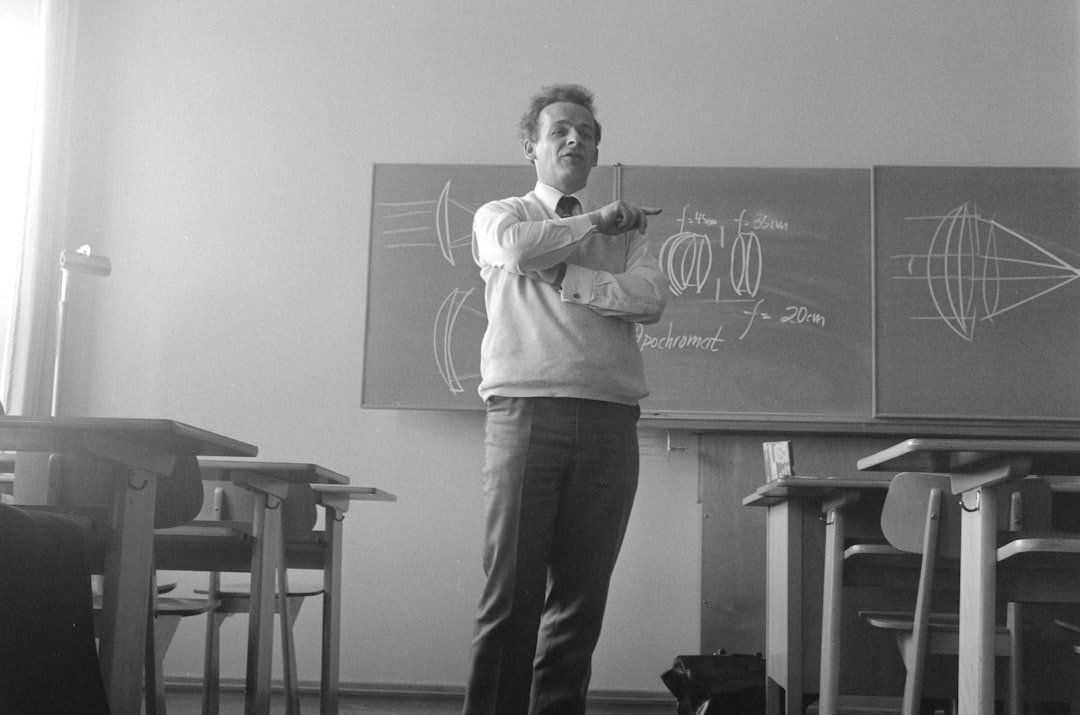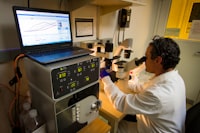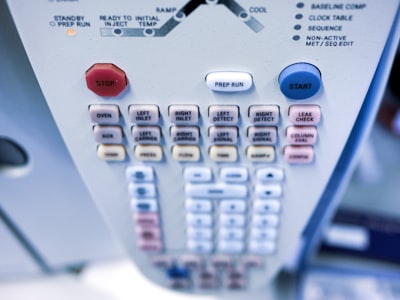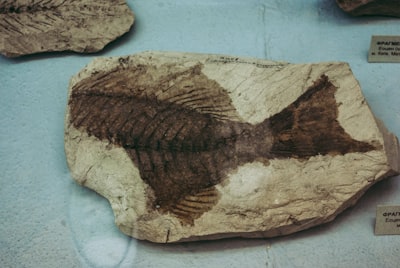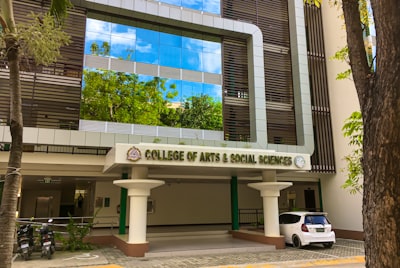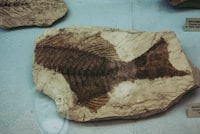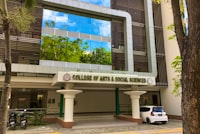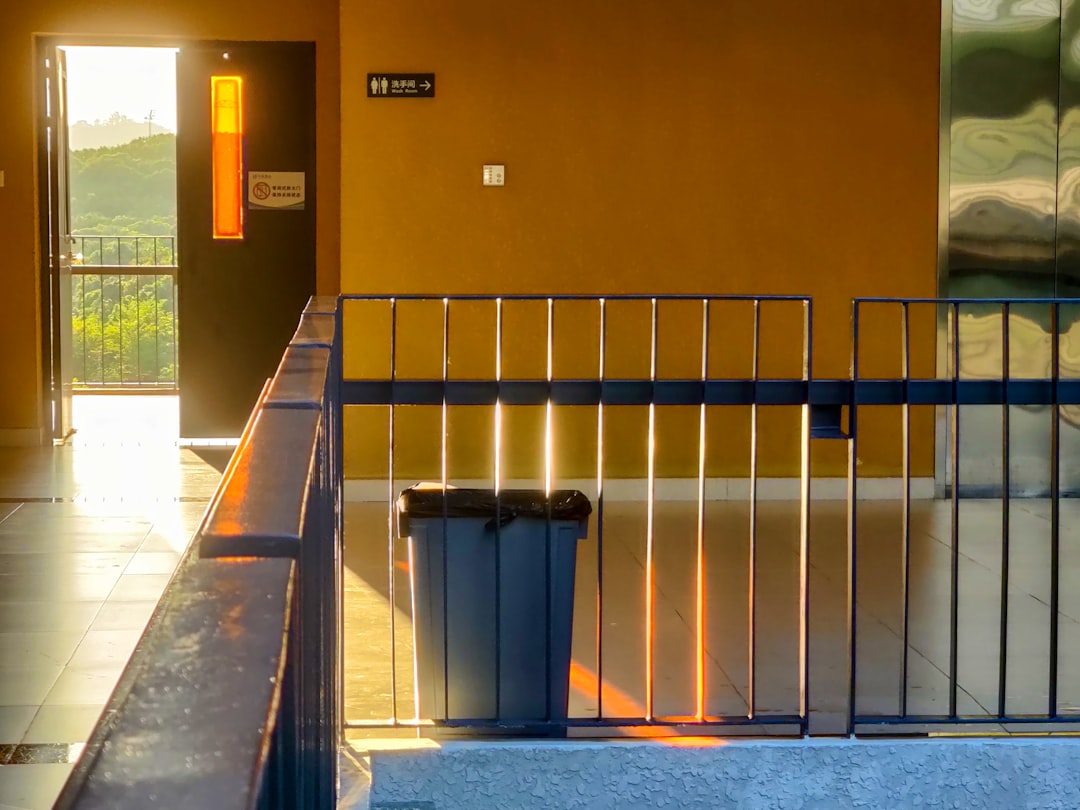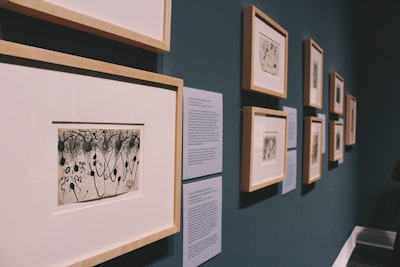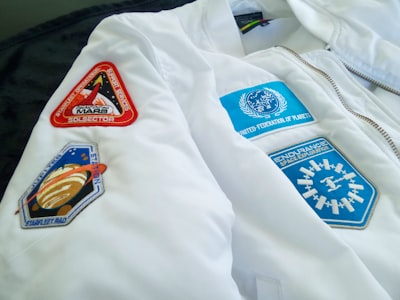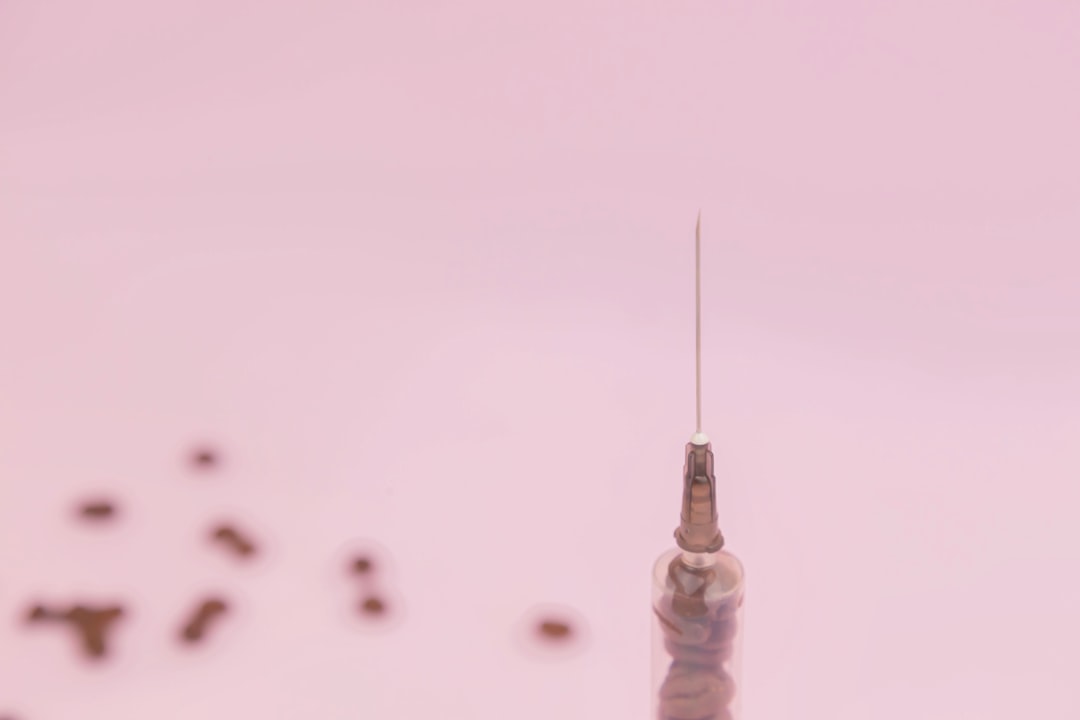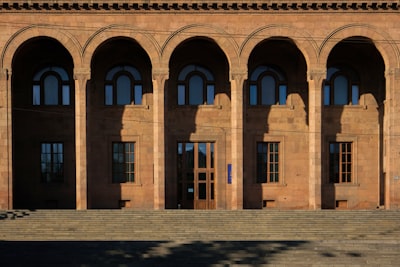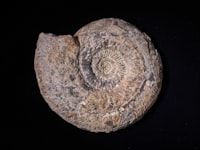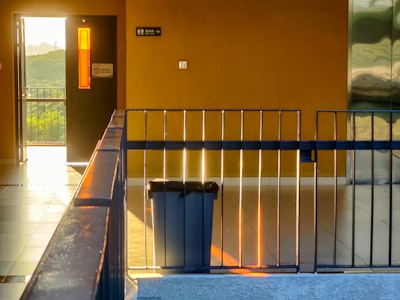Journal article
The problem to increase of crops productivity are the scarcity and high price of fertilizer. As a result, farmers do not apply fertilizer technology optimally. The use of agricultural waste by implementing waste treatment technology is helping farmers to substitute chemical fertilizers with organic fertilizers. The study was conducted in Agam district that could potentially apply agricultural waste treatment technology. Study done in June-July 2011 with the aim of measuring the level of waste treatment technology adoption and its benefits in increasing the income of farm families. Survey research methods by taking a random sample of 15 farmers, the program PUAP (Rural Agribusiness Development) implementers on 2 Gapoktan in the two regences. Data analysis was performed using analysis of farm and comparative analysis to see the difference in income between the farm system is not applying with. The study results showed that: (i) Information on wastewater treatment technology has not spread extensively in each area gapoktan; (ii) The control of waste treatment technologies are still weak and low, as evidenced most farmers know the technology but has not been implemented due to not understand the technical implementation; ( iii) The adoption of such technologies for the processing of agricultural waste composting 25-35%, 35-40% of feed processing technology and biogas technology has not been adopted, despite the considerable potential for biogas processing. The benefit is the application of waste treatment technologies in rice cultivation has increased the average yield of 15% and to increase the yield of 20% corn. The crop yield improvement in integrated farming systems, to increase the income of farm families on average 12.90%. Suggested to the parties involved to be made: (i) science and technology capacity building of farmers and extension members Gapoktan PUAP companion, especially on waste treatment technologies for the integration of crops and livestock to be effective. (Ii) Optimization of the utilization of agricultural resources owned by farmers (land and labor) and the arrangement of the combination of commodities to the optimal integrated farming systems, need to be developed in areas of potential gapoktan. In this way the acceleration is expected to increase farmers' income can be achieved, the efficiency of production costs and dependence on mimia fertilizer can be reduced.
